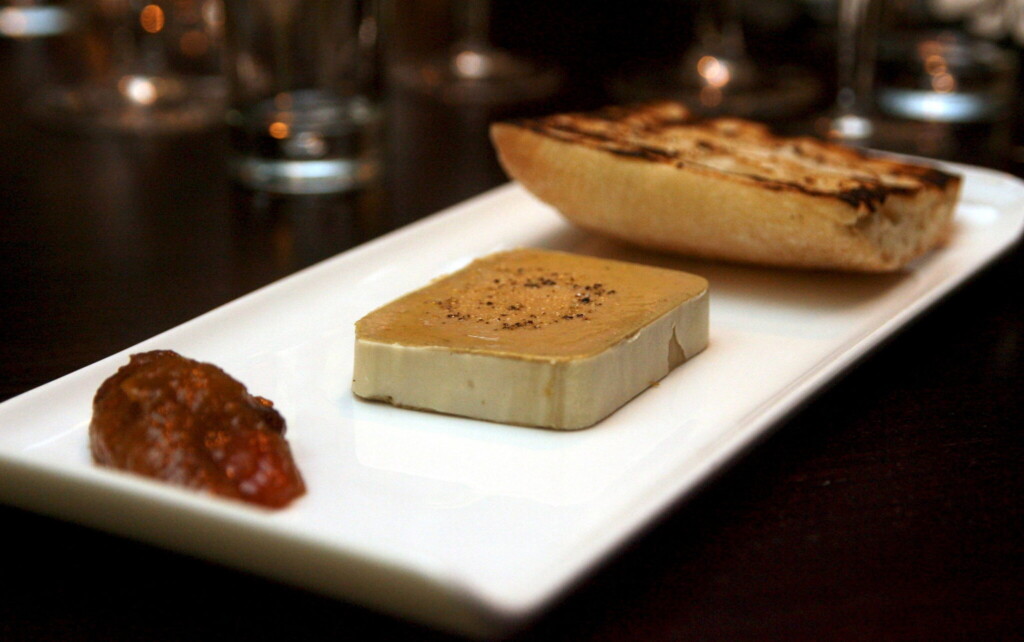Cruelty-free Way of Making Duck Foie Gras Devised by Scientist: ‘It was always a dream’

A cruelty-free way of making foie gras has been devised by scientists that includes no unnatural additives or additional ingredients.
In fact, it helps reduce the amount of biological waste during the butchering process, keeping it out of landfills where it produces climate-warming greenhouse gases.
Traditionally made foie gras, or fatty duck liver, has been the subject of protests by animal welfare activists as its production involves force-feeding the birds.
Several countries and regions have laws against production. For example, foie gras has been banned in Switzerland since 1978, and, even where it is legal, some retailers have ceased selling it.
“Everything in our process is controlled, which is a positive thing,” said Professor Thomas Vilgis. “We never considered adding anything additional to the foie gras, because we wanted pure duck—nothing else.”
Professor Vilgis, himself a lover of foie gras, wondered if there was a more ethical way to enjoy the dish. The answer is yes—and he patented the recipe which has described in the scientific journal Physics of Fluids.
The authors and Vilgis explain that foie gras is distinct from regular fowl liver thanks to its high fat content, and that they were able to achieve similar fat content, taste, mouthfeel, and texture by altering the liver tissue after a duck was processed by the butcher.
It was important to the research team not to add external ingredients or additives to the foie gras, but it turned out the perfect additive was actually being manufactured by the liver itself: lipases.
These enzymes help digest fat in the body, mimicking the activities that occur naturally in the duck’s daily life. When used to treat duck liver and duck fat, it replicated the delicacy right there in the laboratory.
ALSO CHECK OUT: Simple Scanner the Size of a Coffee Grinder Will Tell You Exactly How Long Fruit and Veggies Will Last
“At the end of the process, it allows the fat to recrystallise into the large crystals which form aggregates like the ones we see in the original foie gras,” said Vilgis.
He described the recipe as “extremely simple and elegant.” The liver and fat are harvested from the duck or goose, the fat is treated with lipases, both are mixed and sterilised, and it’s good to go.
“We could really see that the influence of these large fat particles,” said Vilgis. “At the beginning of the ‘bite,’ these large clusters have a high resistance, creating a similar mouthfeel of elasticity without being too rubbery as after the collagen or gelatin addition.”
MORE ALTERNATIVE FOOD PREPARATIONS: Tasty Burgers and Steaks Made of Mycelium Are New Healthy Food Alternative to Plant-Based Meats
Professor Vilgis has already filed a patent for the recipe, and he hopes to partner with companies interested in helping scale up the production. He also wants to work with sensory scientists who can help refine the taste and smell of the foie gras.
“It was always a dream to make foie gras more accessible and better for animal welfare.”
SHARE This Responsible Carnivorism With Your Friends…
>read more at © GoodNews
Views: 0